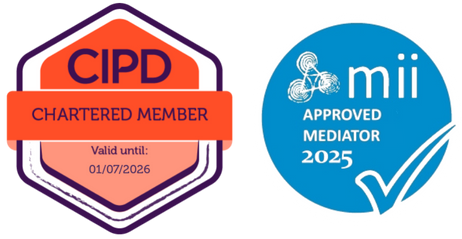Have you noticed an increased unease with working virtually all the time? Even in the best of times – when we can sit in the same room, greet each other normally, and hear what is being said while observing the body language used – we are still imperfect communicators.
Miscommunication is one of the primary root causes of conflict in the workplace. It occurs for various reasons, including different cultures, language, not listening, distractions, etc. If we can have communication issues even in the ‘best’ setting, it is no wonder that conflict can arise in a hybrid world, where we rely on technology to assist in our communications.
When I work with clients through mediation, we always discuss perception. If you and I have an interaction, my perception is my reality. However, you could have a different perception of the same interaction, and that is your reality. So, there is no one reality; how we perceive the past makes it so. And different perceptions can lead to conflict.
The question, therefore, is: how can we resolve conflict? The answer starts long before the conflict exists, with leaders fostering a culture where trust and open communication are encouraged.
The ideal way for any conflict to be resolved is for the two individuals who disagree to feel capable of discussing it directly with each other. This may sound simplistic, but consider the last time you resolved a disagreement with someone you care about; how did you do it? You likely discussed it with them at some point and came to an agreement about how to move forward.
There are, of course, some situations we avoid and sweep under the carpet. That’s okay if it’s a conscious decision and something you are happy to let go. The difficulty occurs when you don’t address the issue and you don’t let go. Then, it can fester and grow into a much more significant conflict. As a leader, it takes skill to know when to step in and help resolve a situation.
Sometimes a team member will tell you that they are having a disagreement. This often happens at a point of escalation; they no longer feel that they can address it themselves. However, there were likely early signs of the conflict in the form of behaviour change.
In a hybrid world, it can be more challenging to spot conflicts early. You can mitigate this by having regular check-ins with all team members to see how they are doing and whether you can help. I recommend doing this at least once a week. Through this habit, you should be able to identify problems early.
The steps towards conflict resolution, in person and in a hybrid world, are as follows:
- Encourage direct conversation between the parties.
- Support a resolution as their line manager, if possible.
- Engage an external independent person, such as a qualified meditator, to support resolution.
- Potentially engage with formal internal procedures if resolution cannot be found. However, this formal option has many challenges and should be a last resort.

